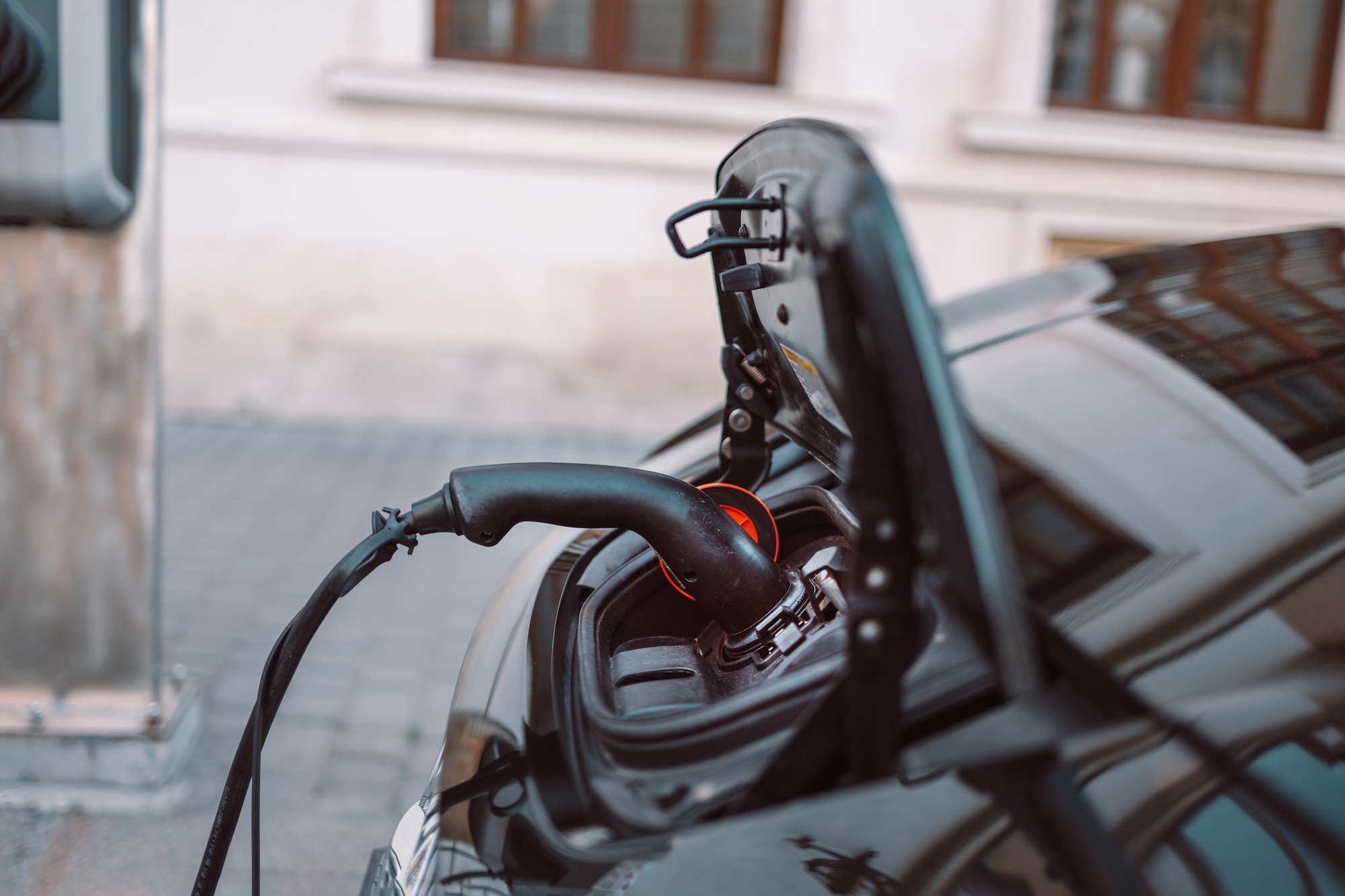What Is pCAM and Why Should It Be Made in the USA?
pCAM made in USA is the missing link in America’s battery supply chain. This critical material powers everything from EVs to grid storage—and most of it is still made overseas.
At American Li-ion, we’re changing that by producing high-purity pCAM from recycled black mass—all on U.S. soil. Here’s why that matters.
What Is pCAM?
pCAM stands for precursor cathode active material. It’s a precisely engineered powder made from nickel, cobalt, and manganese—key ingredients in high-performance lithium-ion batteries. Before it becomes the cathode, pCAM must be mixed and lithified to form CAM (cathode active material).
The pCAM formula used affects how much energy a battery can store, how long it lasts, and how safely it operates. It’s the material that makes EVs go farther, storage systems last longer, and devices charge faster.
Why pCAM Production Matters
Despite its importance, most pCAM is still produced overseas. U.S. gigafactories building cathodes and assembling batteries must import precursor material from Asia or Europe—adding cost, time, and risk to the process.
This reliance on foreign suppliers creates bottlenecks and supply chain exposure. As EV demand soars and government incentives push domestic battery production, pCAM made in the USA becomes a national priority. According to the Department of Energy’s National Blueprint for Lithium Batteries, building local capacity for pCAM is essential to securing U.S. energy and manufacturing independence.
Why American Li-ion Makes pCAM Different
Rather than starting from mined ore, American Li-ion starts with black mass—the powder left over from shredded batteries. Our patented modular system processes that material into 99% pure pCAM, ready for American cathode production.
Benefits of our system include:
- No foreign feedstock—we use battery waste already in the U.S.
- High-purity output—meets manufacturer specs for performance and safety
- Fast deployment—modular units can scale nationwide
- Lower costs—shorter supply chains, fewer middlemen, and reduced shipping
What Goes Into pCAM?
Typical pCAM formulas include:
- NMC 622: 60% nickel, 20% manganese, 20% cobalt
- NMC 811: 80% nickel, 10% manganese, 10% cobalt
Each chemistry affects energy density, thermal performance, and cost. Our system allows for custom tuning of output formulas to support evolving battery needs—from electric vehicles to grid-scale energy storage.
Strategic Impact of pCAM Made in the USA
- Jobs: Domestic pCAM production supports engineers, chemists, and skilled laborers
- Security: Eliminates reliance on unstable or hostile supply chains
- Speed: Reduces lead time from recycled material to new battery cells
- Control: Keeps critical IP, processes, and materials under American oversight
As noted in the USGS 2023 Critical Minerals Report, nickel, cobalt, and graphite are vital to national security—and must be domestically recovered wherever possible.
pCAM made in USA also enables reshoring at scale—helping U.S. manufacturers meet government requirements, win contracts, and localize battery production across sectors like EVs, energy storage, and defense.
Common Questions About U.S. pCAM Production
Can the U.S. meet all of its pCAM needs domestically? Not yet—but American Li-ion’s modular system is designed to scale regionally, turning localized black mass into high-purity material with far shorter lead times than traditional global supply chains.
Conclusion: pCAM Is the New Industrial Backbone
pCAM isn’t just another raw material—it’s the foundation of battery manufacturing. And if the U.S. is serious about energy independence and high-tech leadership, we can’t afford to import it forever.
At American Li-ion, we’re proud to turn battery waste into strategic advantage—producing pCAM made in USA for the manufacturers building the future.
Contact our team to learn more about deploying modular recovery systems in your region.



